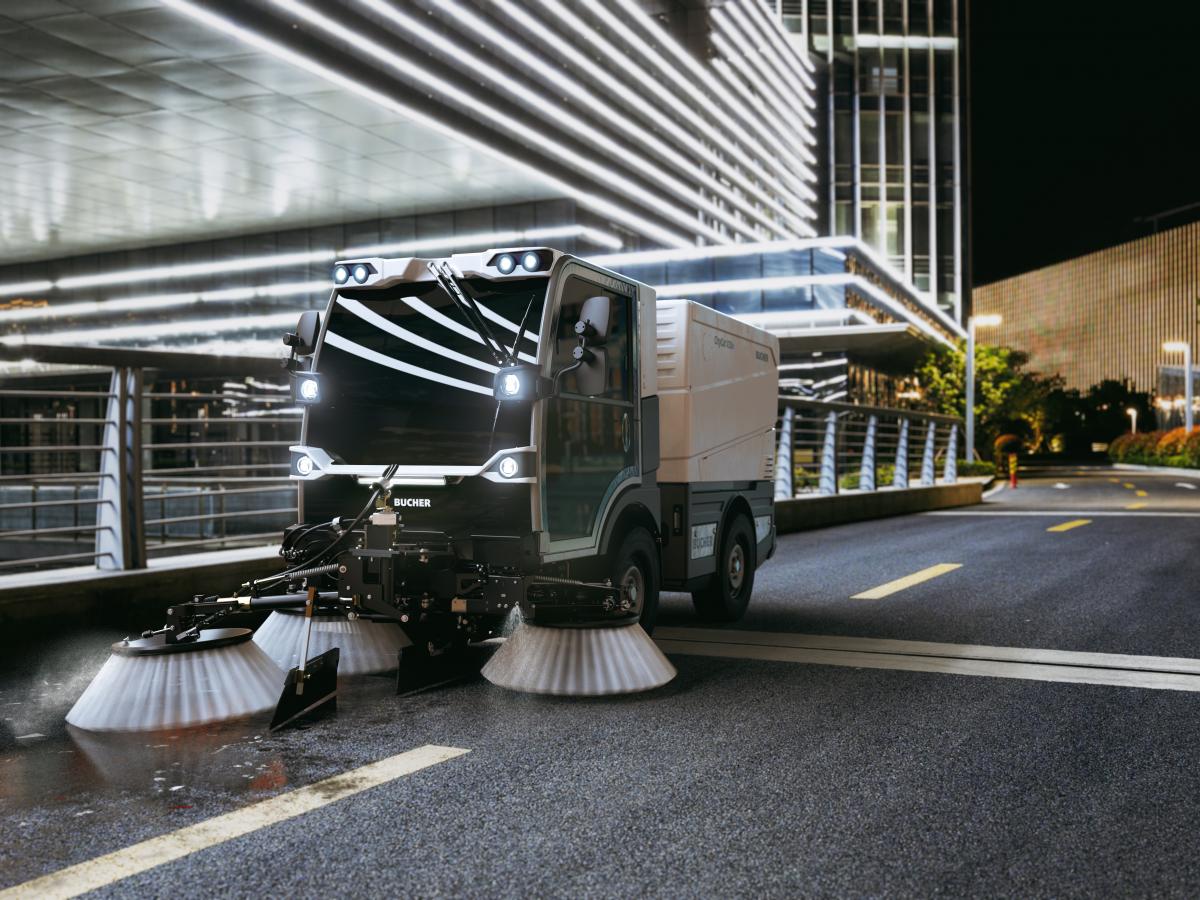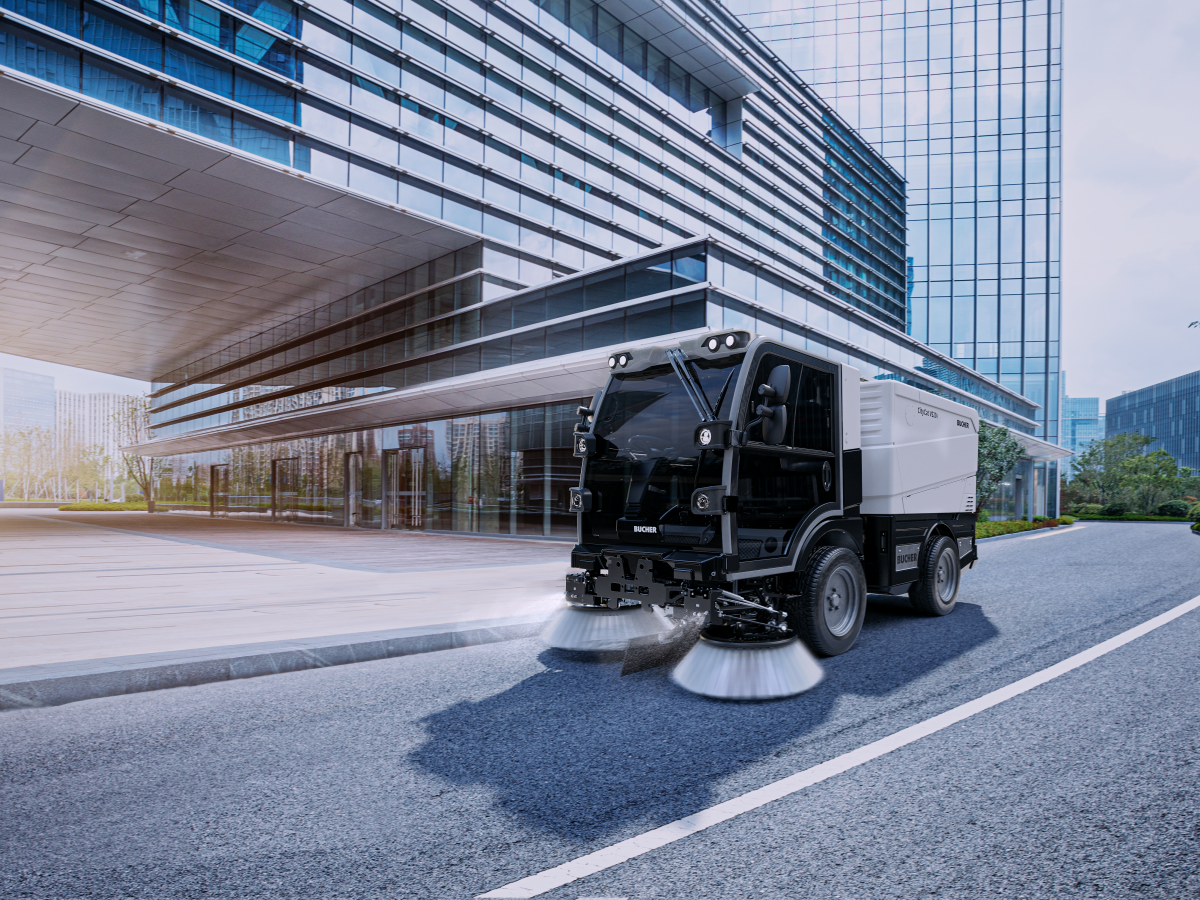With the move to fully electric fleets being “inevitable” (Samsara, 2020), concerns have been raised as to whether electric sweepers are as reliable and durable as currently used diesel machines.
Range anxiety is the common fear that the fuel in a vehicle won’t get you to the desired destination without running out.
This fear seems to have multiplied in regards to electric vehicles, Volvo conducted a study that found that 58% of drivers are afraid that they will run out of power before being able to charge their vehicle. However, Van den Berg (2020) argues that “it has more to do with psychology than the actual range of EVs or the availability of charging points” meaning, range anxiety is given unwarranted importance when considering the switch to electric fleets.
Through internal testing on one of our MaxPowa V65e electric truck-mounted sweepers, we found that not only did our machines last a full workday on a single charge, but they came back with battery to spare.
Our study analysed the performance of the MaxPowa V65e in transit, while city sweeping, and rural sweeping. During transit, we found that a full charge of battery lasted for over 220km over the course of 7h20m, with 10% battery remaining. Even better, while city sweeping our MaxPowa V65e completed a full day's sweep of 6h30m and only used 36% of the battery power. Even when pushed to the limits while performing rural sweeping (picking up heavy debris, mud, digging out, and curb sweeping) over the course of 7 hours, there was 20% battery remaining at the end of the day. These figures clearly show that in all three instances, the battery charge is perfectly capable of performing to the same high-quality standards as a diesel-powered Bucher Municipal sweeper.
Whether you are based in a built-up city environment, cleaning town center streets or out in the rural countryside, putting the sweeper to hard work, the electric-powered sweeper is clearly up to the task.
In a recent demonstration of our CityCat V20e in Horsham, the sweeper was driven to the outskirts of the borough and performed a full demonstration of all the features the machine can offer. After an 8 hour day being pushed to its limits in heavy rain, lots of leaf fall pick up and all the lights on, the vehicle was returned to the city center with 20% battery remaining.
A full charge can be achieved in just 2 hours on a high-powered charging port. This means that the time it takes a full charge to be completed between shifts doesn’t hinder operational efficiency. In addition to this rapid charging, all our sweepers are compatible with roadside automotive charge points, meaning a small top-up can be achieved throughout the day to ease the psychological worries of range anxiety.
Not only do our figures show that there’s no need to worry over the performance of an electric sweeper compared to conventional fuels, but they can surpass the performance of a diesel engine while also helping to save the planet.


